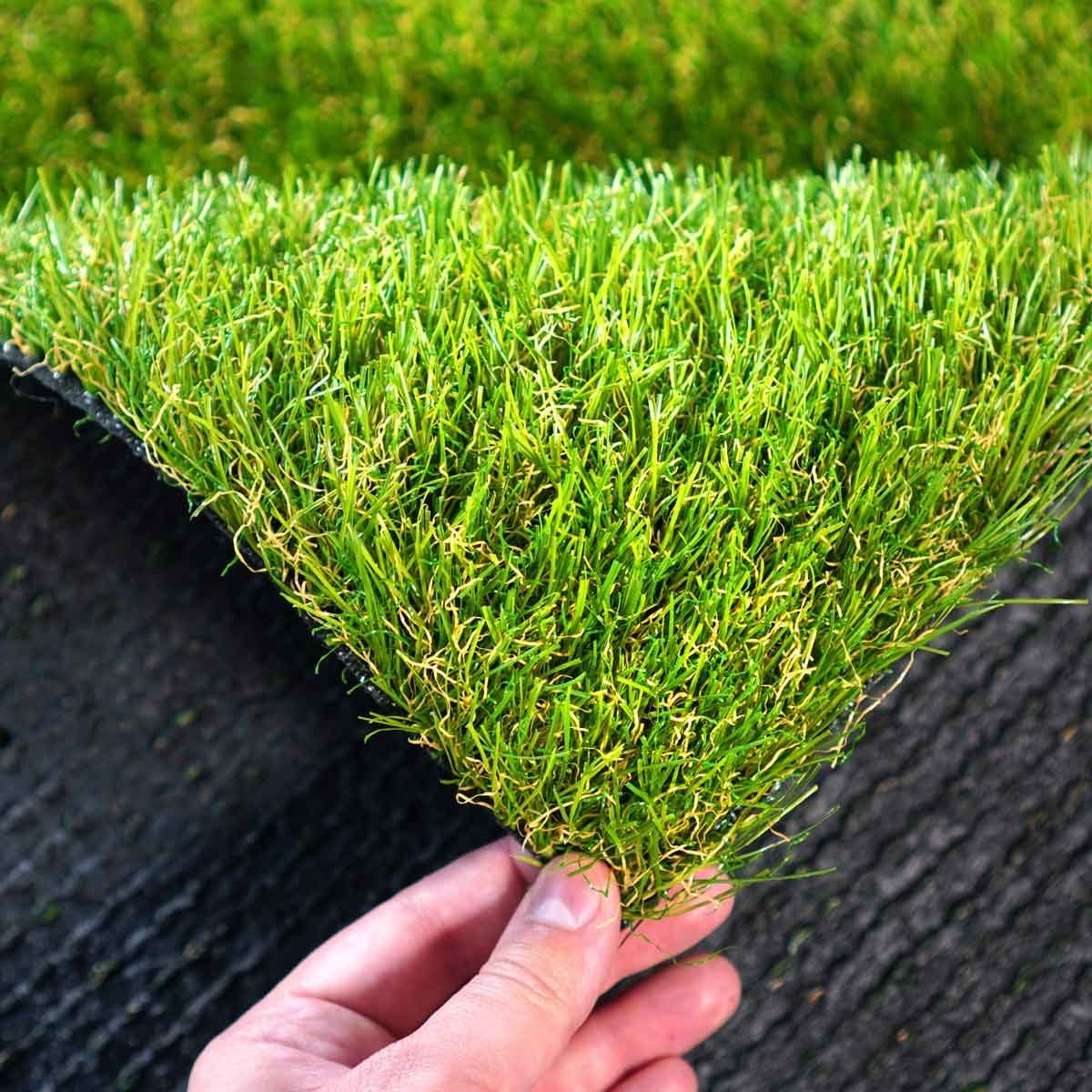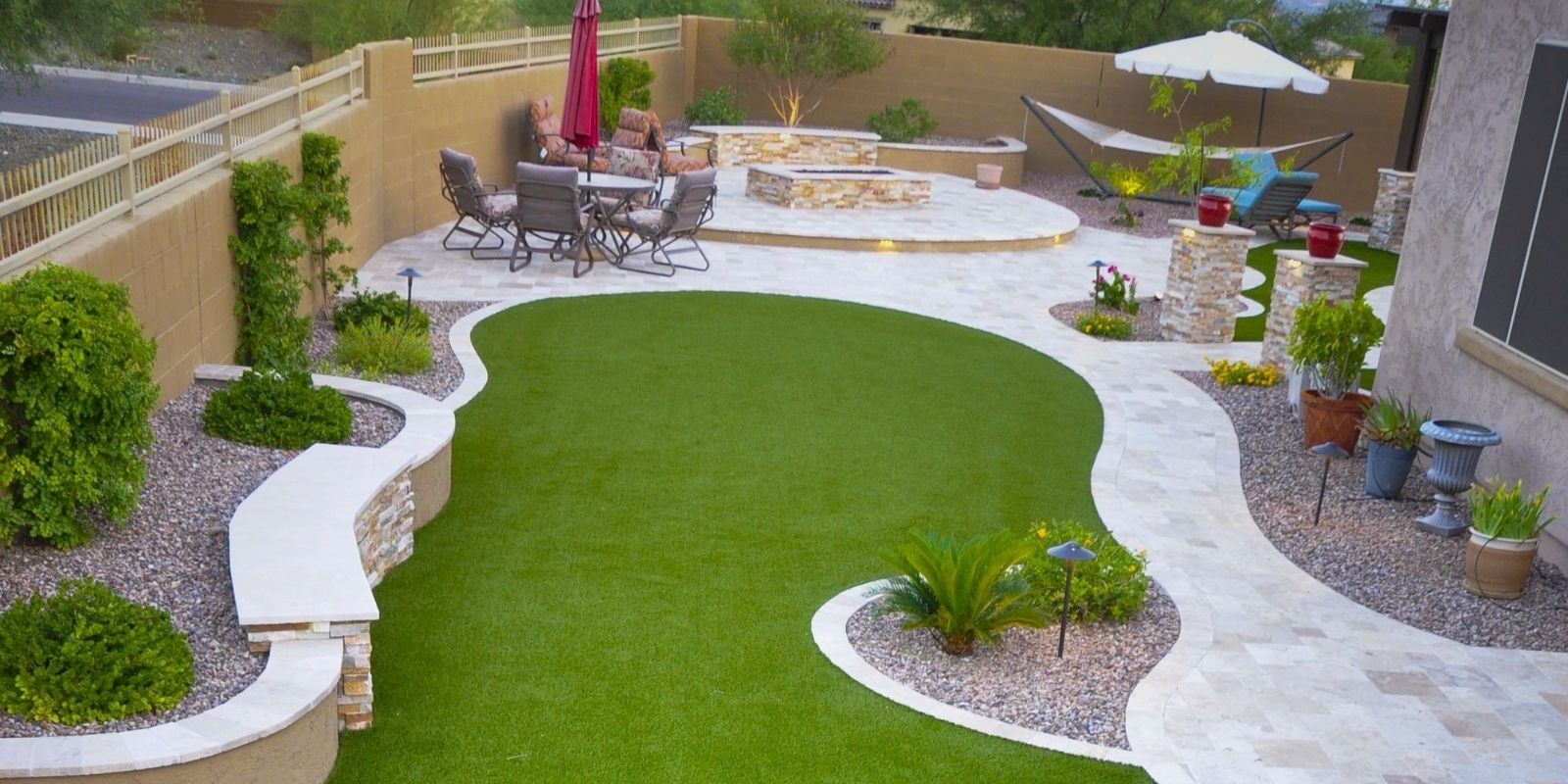Find Reputable Artificial Turf Companies Phoenix for High-Quality and Natural-Looking Grass
Find Reputable Artificial Turf Companies Phoenix for High-Quality and Natural-Looking Grass
Blog Article
Look Into the Environmental Conveniences of Opting for Artificial Turf Solutions
The adoption of man-made grass services provides a compelling chance to deal with pushing ecological difficulties. By dramatically lowering water use and lessening the application of unsafe chemicals, these choices not just promote lasting landscape design however likewise safeguard local ecosystems.
Water Conservation Advantages
One of one of the most substantial advantages of man-made turf is its capacity to conserve water. Traditional lawn lawns call for significant irrigation, especially in areas vulnerable to dry spell or water restrictions. On the other hand, artificial turf does not need watering, substantially lowering the general need for water sources. This function is especially beneficial in dry regions where water deficiency is a pressing problem.
By removing the need for regular watering, synthetic grass contributes to sustainable landscape techniques and helps mitigate the environmental influence of extreme water consumption. The conservation of water prolongs to the reduction of overflow, which can lead to soil erosion and river air pollution.
In addition, the setup of synthetic grass permits home owners and municipalities to assign water sources extra efficiently, concentrating on necessary uses such as alcohol consumption water and farming. The change in the direction of man-made lawn not just advertises liable water use yet additionally lines up with wider environmental goals targeted at maintaining natural deposits.
As areas increasingly focus on sustainability, the water preservation benefits of artificial grass present an engaging situation for its adoption in property and commercial landscaping projects.
Reduced Chemical Use
The transition to synthetic grass considerably decreases the dependence on chemical treatments typically utilized in natural lawn upkeep. Traditional turf management commonly includes the application of herbicides, chemicals, and fertilizers to advertise growth and control parasites. These chemicals can present risks to human wellness, regional wildlife, and the setting, adding to soil and water contamination.
In comparison, man-made lawn removes the need for these unsafe materials. By lessening the launch of artificial substances right into the ecosystem, man-made lawn promotes much healthier dirt and water systems.
Furthermore, the absence of chemical runoff related to synthetic grass installments helps secure regional waterways from air pollution, sustaining aquatic life and keeping biodiversity. Arizona artificial turf. As neighborhoods progressively focus on sustainable methods, opting for artificial lawn provides a feasible service that lines up with ecological conservation objectives. Through this change, property owners can enjoy lush eco-friendly areas without endangering environmental health, leading the way for a more sustainable future
Lower Carbon Footprint

In addition, the installation of fabricated lawn can lead to considerable water conservation. All-natural grass call for significant quantities of water for watering, which not just includes to the carbon impact related to water removal and treatment however additionally strains regional water resources. On the other hand, synthetic grass requires very little upkeep, needing no watering, thus dramatically lowering water use and its connected power costs.
Furthermore, the durability of synthetic grass adds to its decreased carbon effect. With a lifespan of up to 15 years or more, the need for regular replacements is decreased, causing less waste and reduced energy usage in production and disposing of standard lawn choices. On the whole, man-made grass presents a lasting option for environmentally conscious landscape design.
Environment Conservation
Habitat conservation is an important consideration in the debate over landscape design selections, specifically when contrasting artificial grass to natural turf. All-natural lawn lawns usually call for considerable maintenance, consisting of the usage of herbicides, pesticides, and plant foods, which can negatively impact local environments. These chemicals can leach right into the dirt and rivers, damaging native flora and fauna and interrupting local environments.
Man-made turf go removes the requirement for unsafe chemicals, thereby safeguarding close-by wild animals and preserving the honesty of surrounding ecological communities. The installation of fabricated grass can lead to the conversion of former turf areas right into more biodiverse landscapes, such as pollinator yards or native plant locations, which can sustain neighborhood wild animals.
Inevitably, the transition to synthetic grass not just preserves water and decreases upkeep initiatives however also cultivates a much more unified connection in between human tasks and the natural surroundings, promoting habitat preservation in the procedure.
Long-Term Sustainability
Long-lasting sustainability is a crucial consider evaluating the advantages of artificial lawn over typical turf lawns. Among the most considerable advantages of synthetic grass is its longevity; it can last as much as 15-20 years with very little maintenance, whereas all-natural turf calls for frequent reseeding and substitute. This durability lowers the requirement for constant sources, such as water, plant foods, and pesticides, which are essential for maintaining a healthy and balanced yard yard.
Additionally, fabricated turf adds to a decrease in carbon emissions connected with grass care devices. Typical yards frequently need gas-powered lawn mowers, trimmers, and blowers, all of which add to air pollution. Arizona turf. In comparison, synthetic grass eliminates the demand for such equipment, promoting a cleaner setting
Additionally, the production of man-made grass significantly utilizes recycled materials, boosting its sustainability profile. As producers embrace environment-friendly methods, the environmental impact of synthetic grass continues to reduce.

Verdict
The adoption of synthetic grass remedies provides considerable ecological benefits, including significant water conservation, reduced reliance on harmful chemicals, and a lower carbon footprint. Man-made lawn aids in preserving natural environments by lessening land disturbance and promoting lasting sustainability via the use of long lasting materials. Jointly, these factors underscore the capacity of synthetic turf to add positively to environmental wellness and offer a sensible option to traditional landscape design techniques in an increasingly resource-conscious globe.
In contrast, artificial turf does not need watering, considerably minimizing the total demand for water sources. By decreasing the release of synthetic their explanation substances into the ecosystem, fabricated grass advertises much healthier dirt and water systems.
In addition, the setup of synthetic grass can result in substantial water conservation. a fantastic read In comparison, man-made grass needs very little maintenance, calling for no watering, therefore considerably reducing water use and its connected power prices.

Report this page